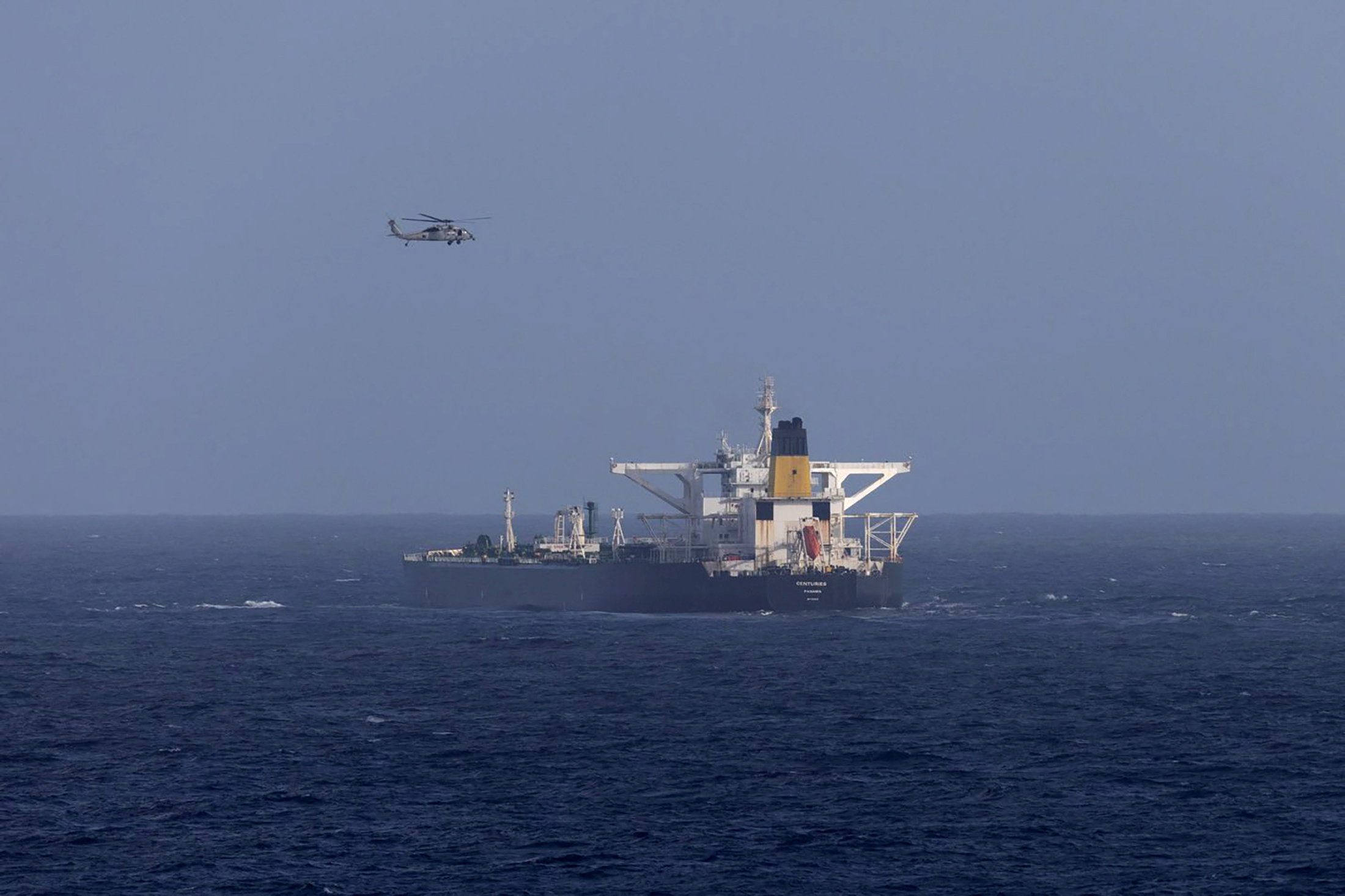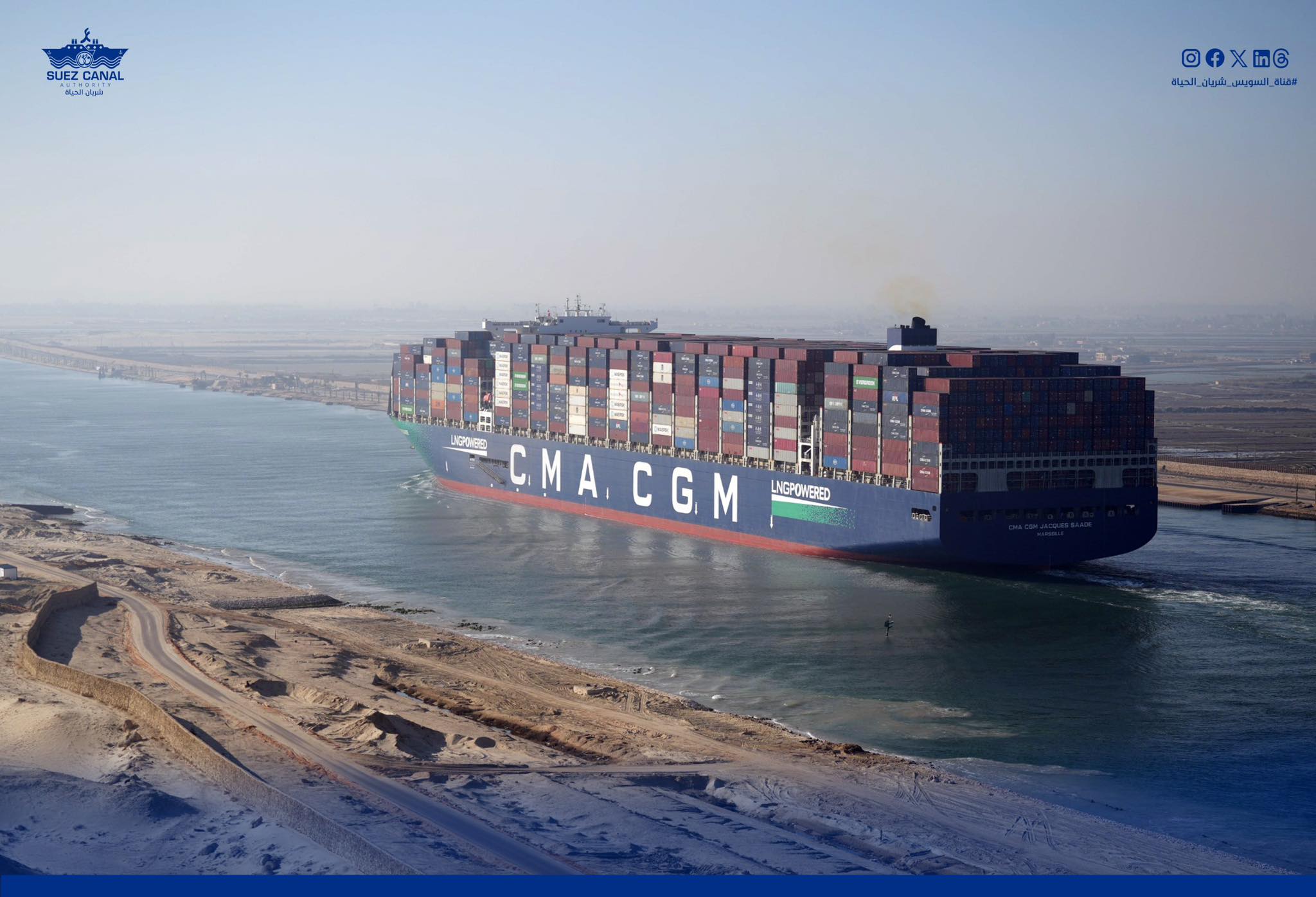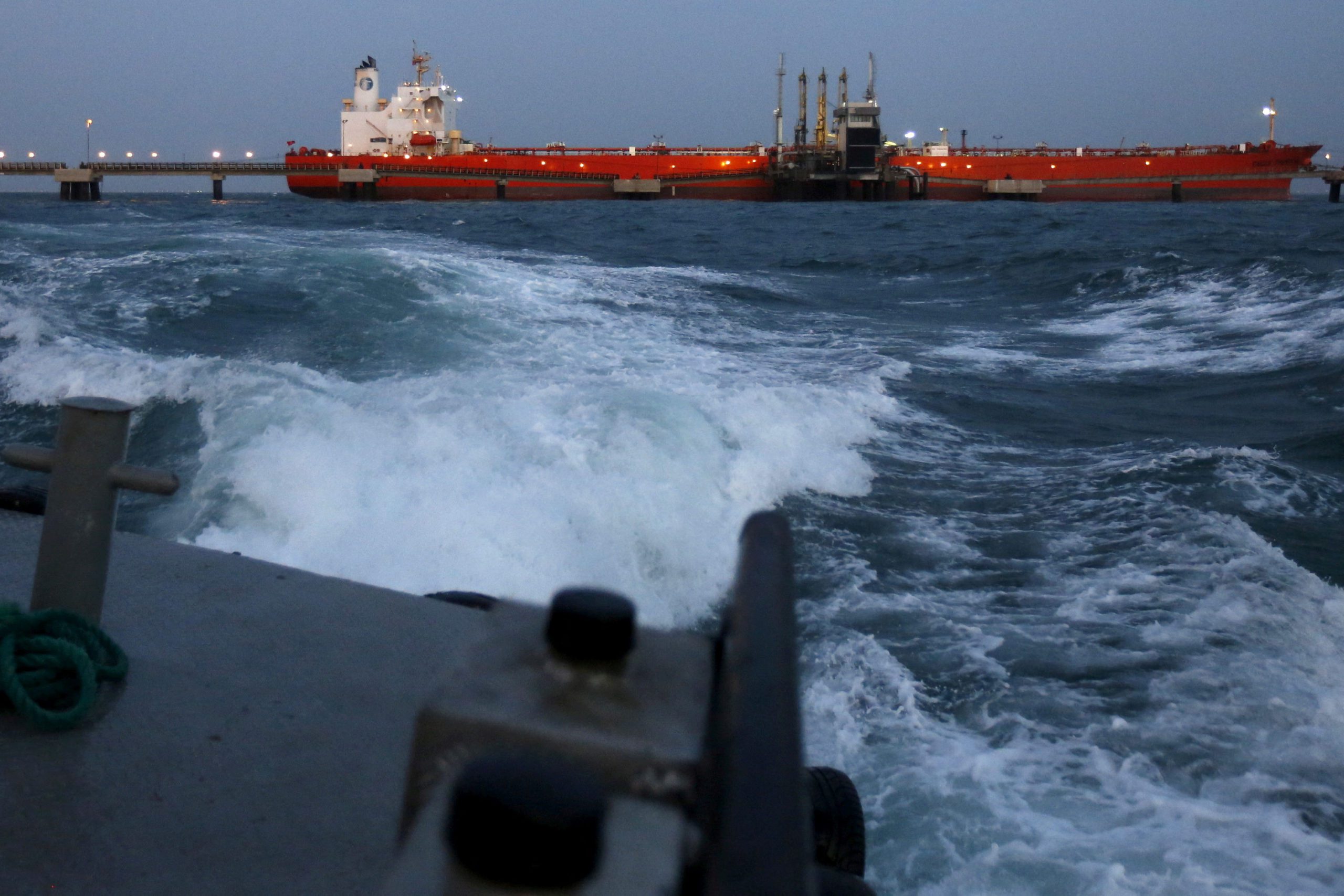A 366-meter containership belonging to MSC Mediterranean Shipping Company has broken down in the Pacific Ocean after reporting a fuel quality issue and the ship is now under tow to Japan, MSC has confirmed in a customer advisory.
MSC reports that the MSC Ariene, which is deployed on its Pearl service, “had to stop at sea” on April 2 due to an engine issue related to “bad quality of fuel” as the ship was en route from Xiamen, China to Los Angeles, California. The vessel has been diverted to Wakayama, Japan for repairs.
Maersk, MSC’s partner in the 2M Alliance, reports that a tugboat with spare parts has reached the vessel and is now towing it towards Wakayama, where it is expected to arrive on Wednesday.
The 13,000 TEU MSC Ariane was built in 2012 and is registered in Panama. The vessel was expected to berth in Los Angeles on April 24, however the schedule is now expected to be adjusted due to repairs and congestion at the San Pedro Bay Port Complex, home of the top U.S. container ports of Los Angeles and Long Beach.
The incident comes just a few weeks after the Maersk Eureka also broke down and was adrift in the Pacific Ocean. In that incident, Maersk reported that the ship was forced to shut off its main engine back on March 12 to replace a damaged fuel pump as it was en route to Long Beach. While the vessel was initially able to continue its voyage, but the main engine again had to be shut off on March 14 leaving the 366-meter-long ship adrift in the North Pacific approximately 650 miles from Dutch Harbor, Alaska.
A tug with spare parts and an engineering team eventually arrived at the vessel to assist, and Maersk reported on March 31 that repairs were made at sea. Last reported, the ship was undergoing sea trials before resuming its voyage to Long Beach and revised schedule for its arrival in Long Beach is yet to be issued.
The two incidents add to the growing list of problems involving big containerships on the transpacific trade since late last year, mostly involving large cargo losses at sea. The incidents come amid an unprecedented pandemic-fueled cargo boom which has set all sorts of monthly cargo records at U.S. ports on both coasts.
Concerns over fuel quality have also been on the rise since at least early 2020 amid new regulations from the International Maritime Organization (known as IMO 2020) limiting the maximum allowable sulphur content used in marine fuels globally, although few incidents (if any?) have been officially linked to the changes and the transition has been hailed as ‘extremely smooth‘.

 Join The Club
Join The Club











